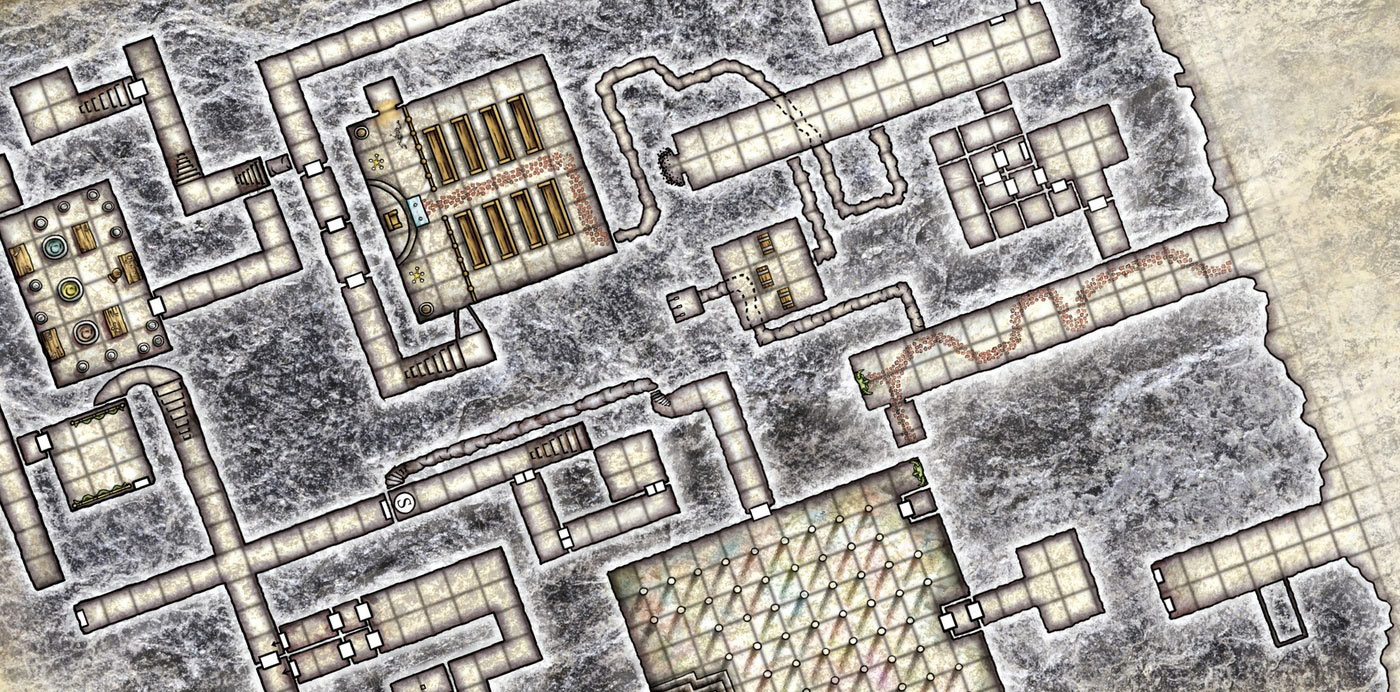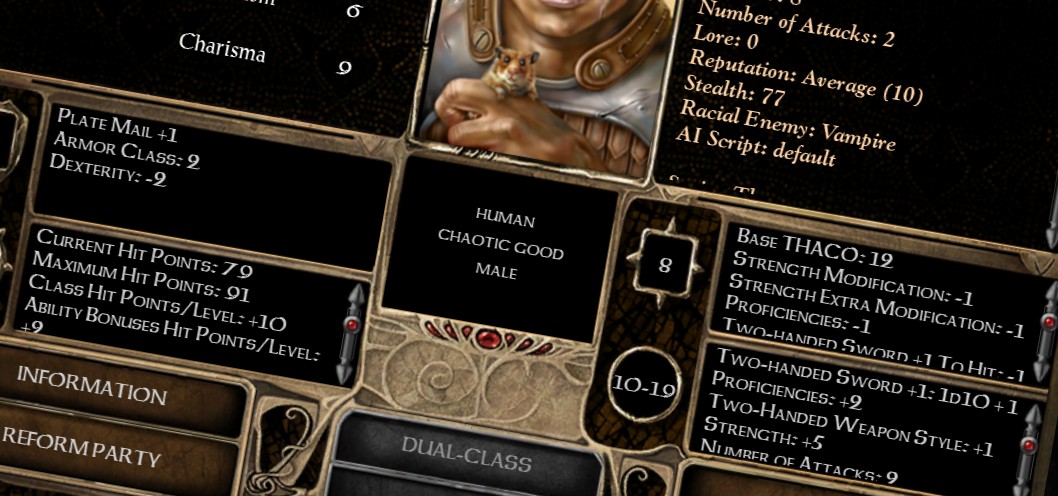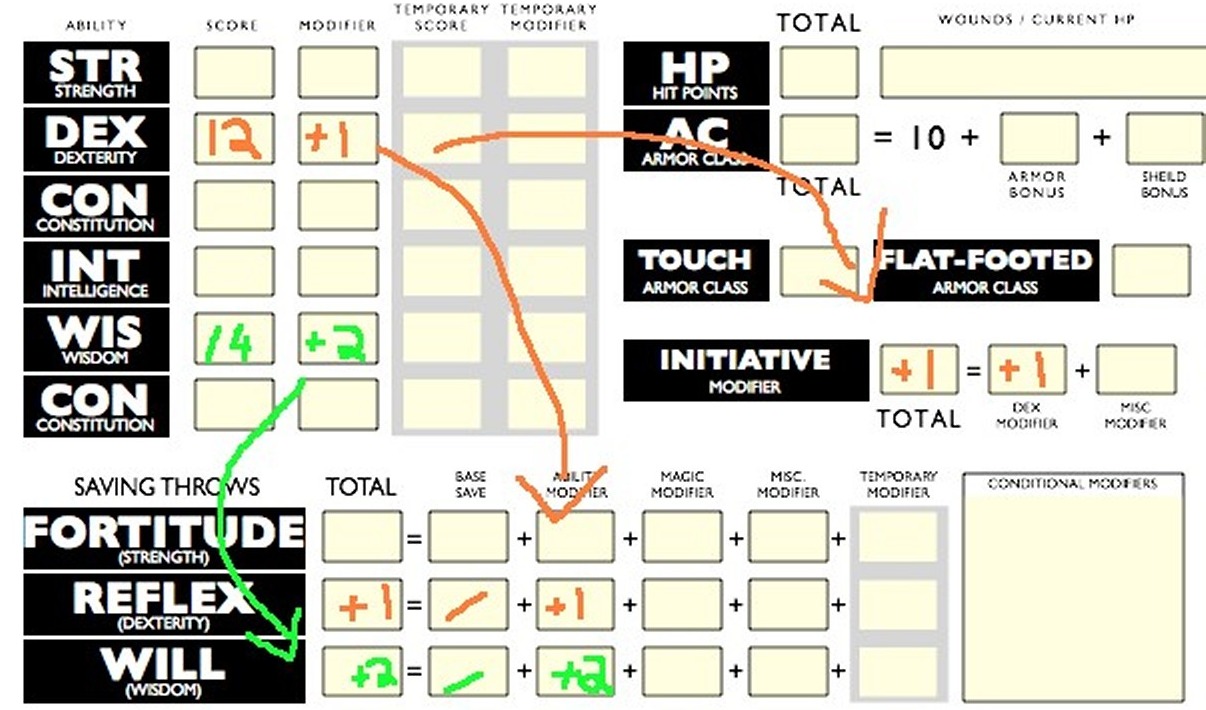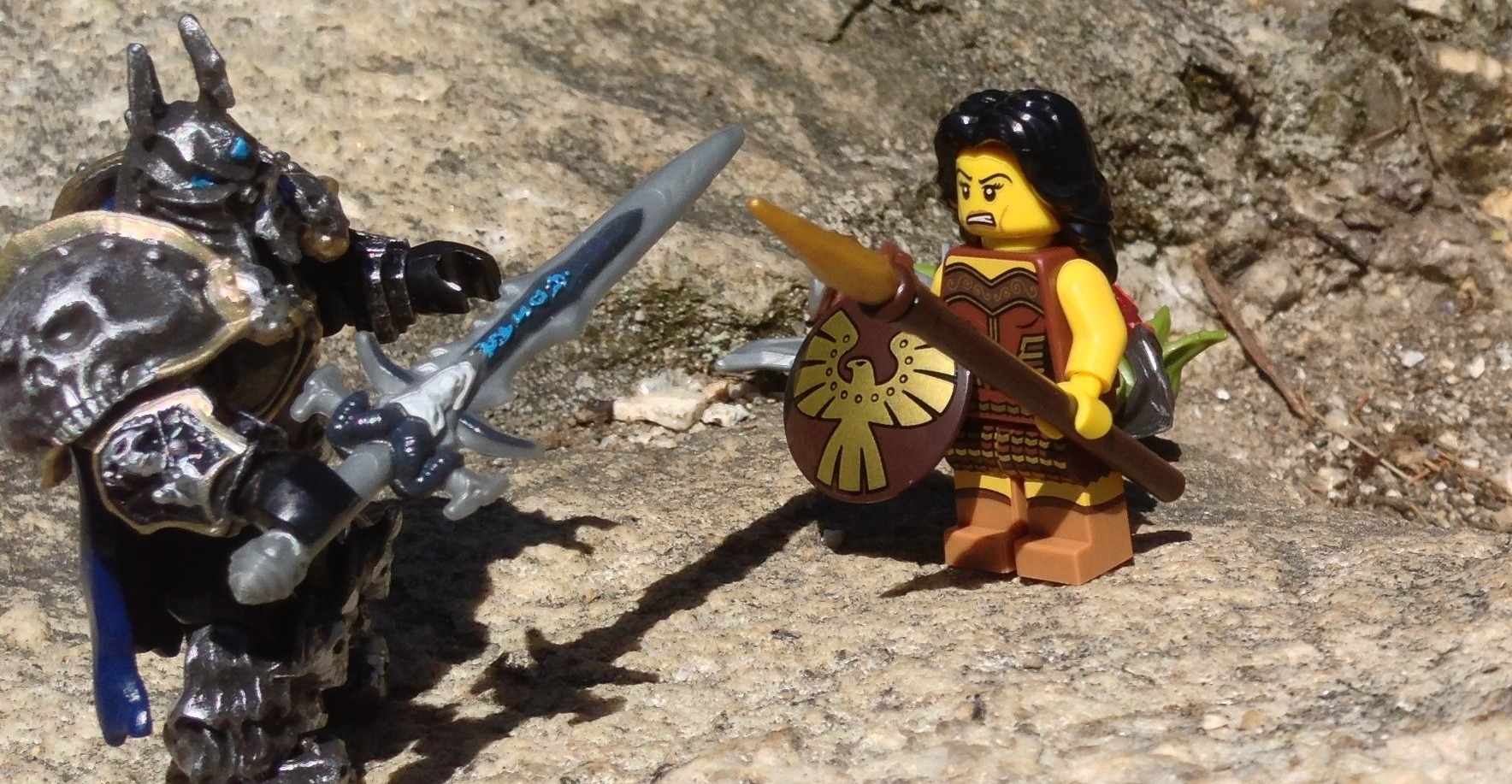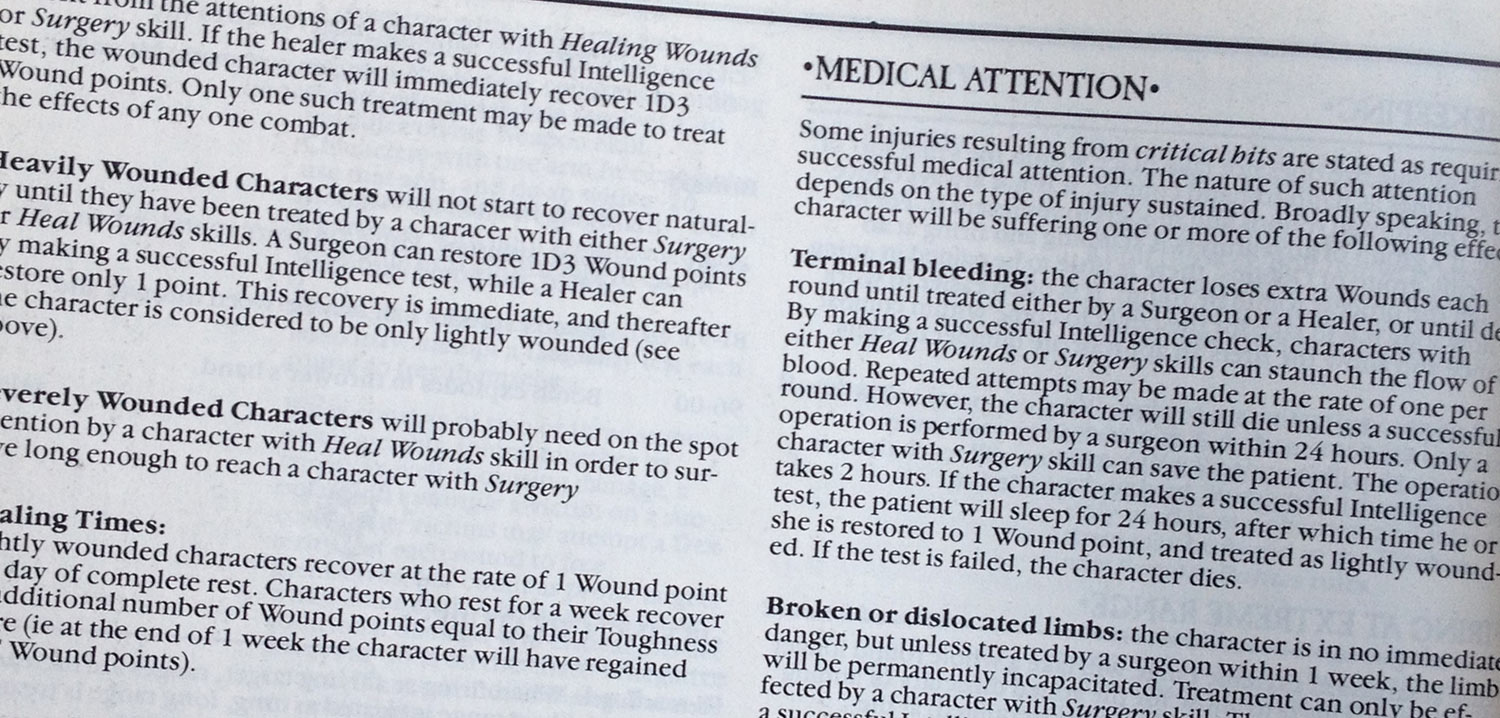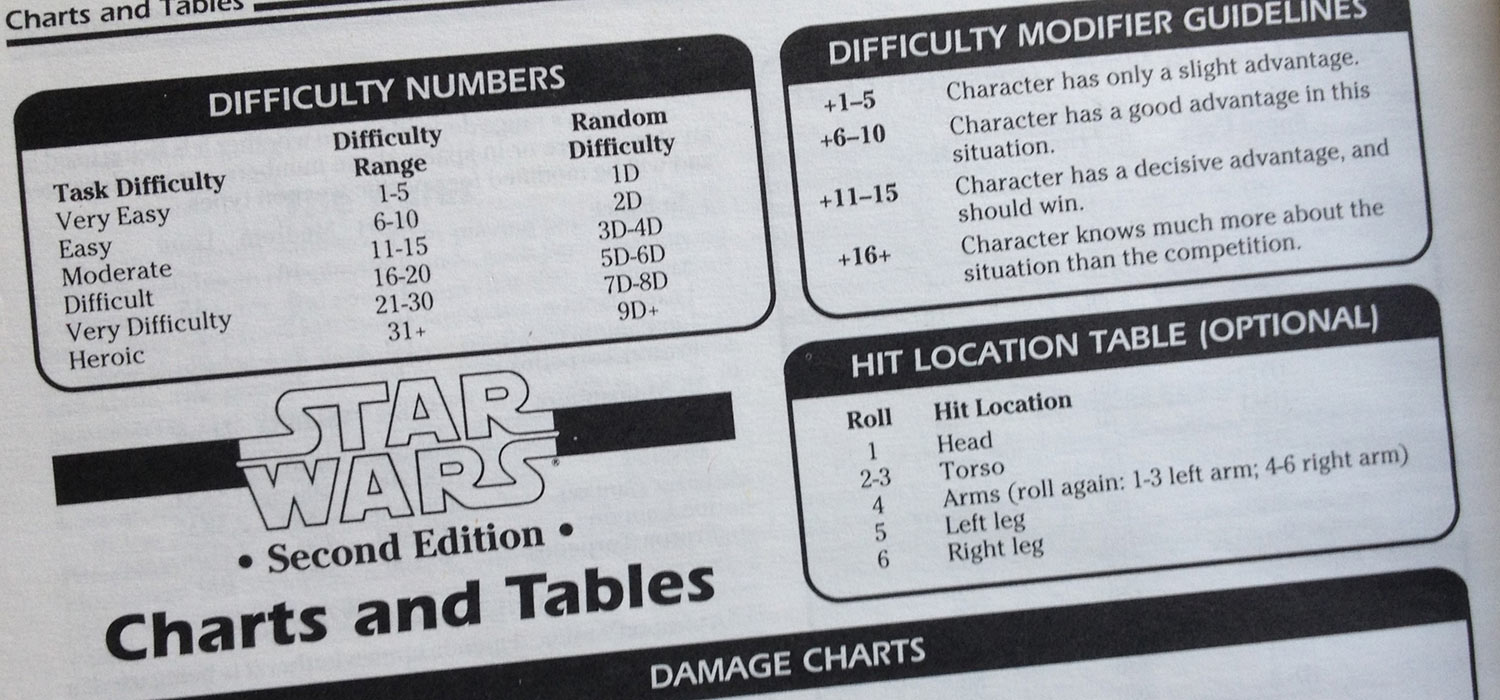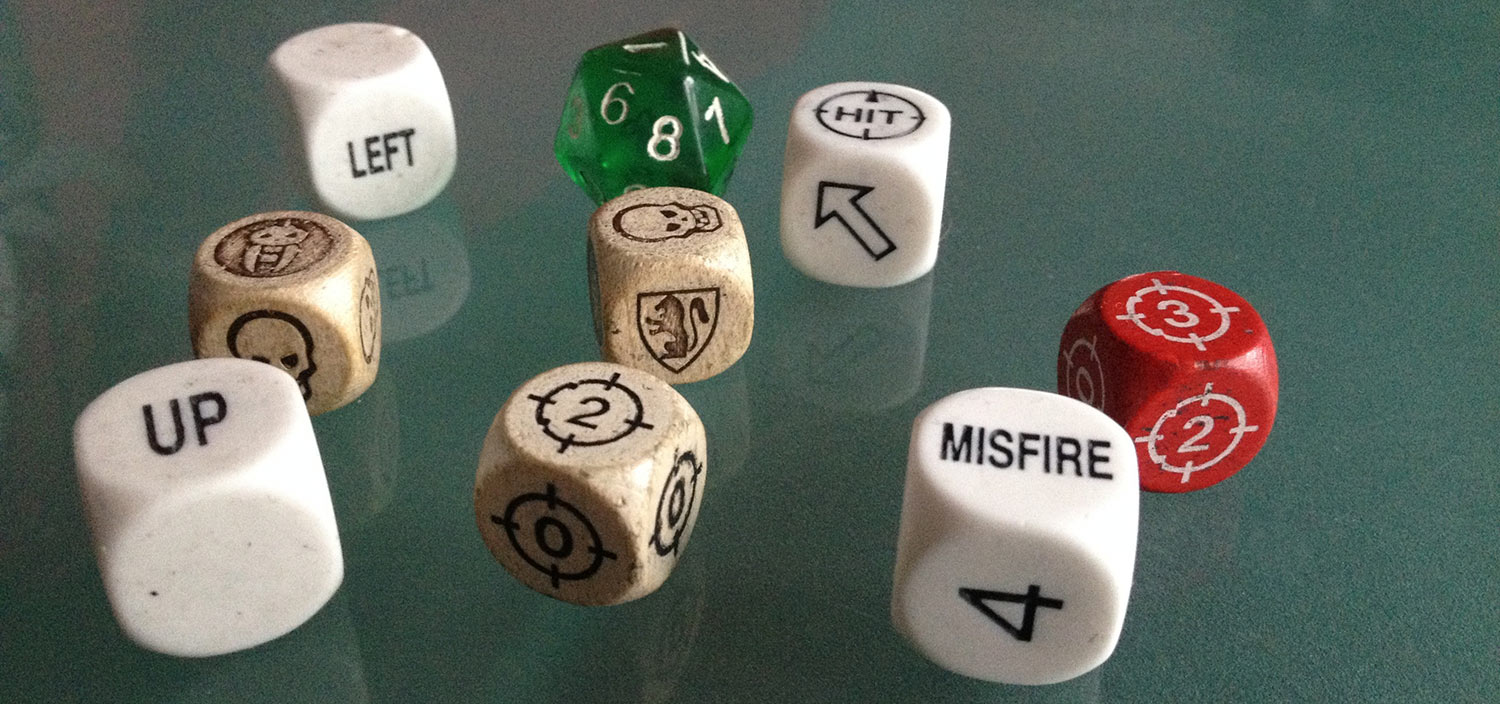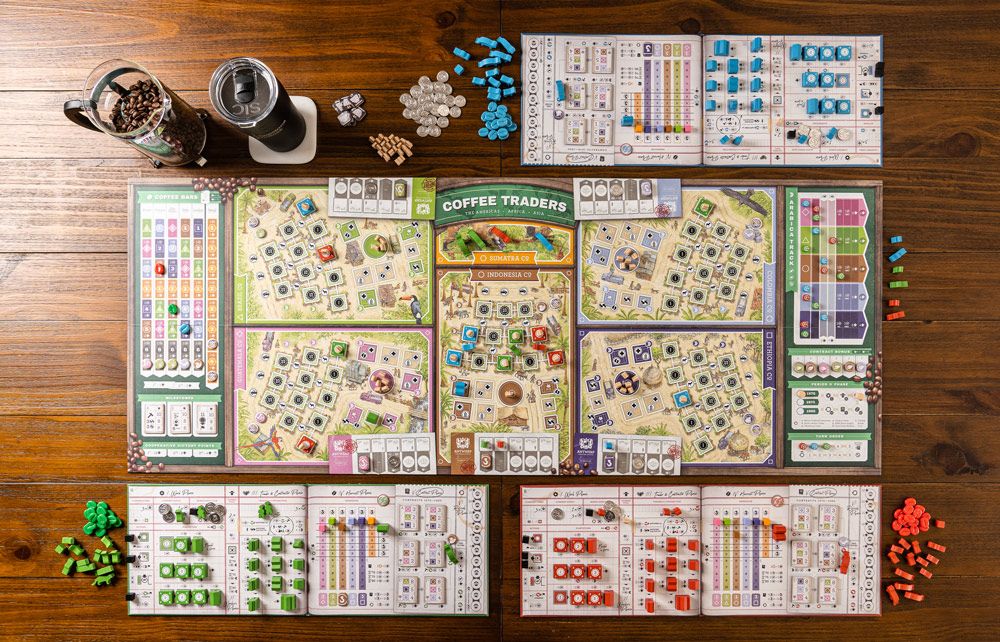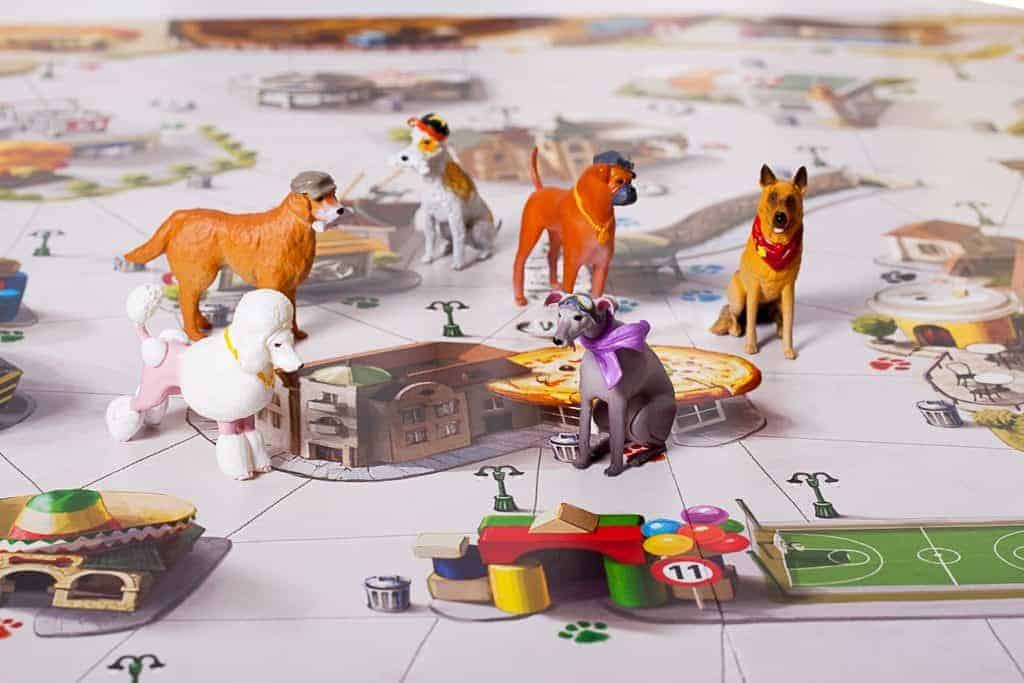Paul: Wow. Thank you all so much for your feedback and interest in the first installment of my RPG design diary. I’ve been tweaking and tinkering games since I was tiny, but starting something from scratch is a quite different experience. I feel very much like I’m fumbling in the dark, but your responses have been very encouraging and I think I’ve started off on the right foot.
After chewing out a few rough concepts (as well as doing an awful lot of scribbling on notepads), what I’d like to talk (write?) about in this installment is mechanics. Not beefy, sweaty people with large wrenches, but numbers and dice and systems, the engine room of the game. How big do I want that engine room to be? How complicated? Mechanics will affect the pace and feel of the game as much as, perhaps more than, any background or histories I write.
A old university friend of mine started roleplaying a little while ago. He, his wife and a few friends opened up a copy of Pathfinder and I expected to soon be hearing stories of exciting adventures. What I didn’t expect to see was a Facebook status update where he said creating his character was like “Doing my taxes” and, while they did have a great time later, that line struck with me. He had a point. Filling in all the boxes on that sheet, deriving this stat by adding those stats or dividing that stat, that’s not a million miles away from accounts. Our own Leigh Alexander has also told us several times how number-heavy roleplaying really puts her off. It distracts from the story. It slows things down.
Yeah, you know that’s true, despite all your statty protestations. The more numbers you toss into an equation, an equation like trying to work out if you can club a guard on the head, the less time you spend actually clubbing that guard, sneaking past them and stealing the The Precious Thing. And how many times has a game been interrupted, mid-fight, by someone having to look up a rules modifier? So you’re on a hoverbike, moving at speed, firing left-handed at an opponent who is in Heavy Cover. How many numbers are you crunching?
With all that in mind, just like I did last time, I’m going to lay down a few more ground rules. Next time I hope to present you with a rough outline of, well, a game, or at least a character sheet and a few rules. First, here’s my criteria for the sorts of limits I want on mechanics and number crunching, as well as a particular concept that I think might work out very well indeed.
First, let’s make the character sheet really clear: We’re all going to have a much easier time if we can find the information we need quickly. I also like any and all character sheets that help me do any sums that I need. Is my Shooting skill half of my Dexterity skill? Is my Accounting Skill the sum of my Accounting Ranks plus my Intelligence? Great, then let’s make sure the sheet tells me this. Let’s have clear links between numbers that are derived from each other.
This is part of a character sheet for the Third Edition of Dungeons & Dragons, one of the editions that I preferred playing. It’s not as much of a wall of numbers as the Second Edition was, but it does still look a little like a tax form, doesn’t it? To its credit, some of it is laid out in such a way that it’s easier to see how one number plus another number gives you a third value, the value you need to care about the most.
It’d be better if it had more colour, some clearer lines of connection and also bigger spaces for the more important numbers. Perhaps there’s some room for some helpful symbology too, like certain shapes linking to certain values. What if all Dexterity-related values were written in hexagons, all Strength-related ones in squares? That’d be easier to skim over, no?
Last week I said I liked the idea of characters not so much having distinct classes as simply having skills, and I’d like to derive those skills from some primary attributes, a lot like many systems do. Clear lines of connection can only be helpful.
Let’s never add more than three numbers together and let’s keep those numbers simple: Those three numbers should be an attribute plus a skill plus a modifier. A strong woman, who is good at lifting weights, is trying to force open an iron door. We take into account her strength, her training and the rigidity of the door.
BUT we’ve already got the first two values on her character sheet, added together to give the player a number. All we need then is a third value that modifies that, a penalty, and it’d be great if we could have universal penalties that everyone already understood. How about a one point penalty for anything that’s frustrating, three points for something hard, six points for something incredible? That depends on what sort of numeric scale we’re using, but wouldn’t it be great if everyone knew all the penalties all the time, because they were universal? And maybe even written somewhere on your character sheet?
Sure, we can still throw numbers back and forth, but now we can use numbers that we can hold in our heads or see in front of us all the time.
Let’s dump hit points or “health” first of all…: I hate the value “health.” I don’t understand what it means. All the way back to Wolfenstein 3D I never liked the idea that my life was quantified by a number and that, as long as that number was above zero, I was COMPLETELY ALIVE AND FINE. Nor did I like the idea that walking over a plate of food made the number higher and allowed me to absorb more punishment.
I do like what the first edition of Warhammer Fantasy Roleplay introduced me to, which was a series of terrible and debilitating injuries, many of which were difficult or impossible to find treatment for. Doesn’t that sound nice? Well, it sort of does, but managing all that was sometimes a bit fiddly, a bit too complex. There were specific rules for specific injuries, for specific types of healing. It got complicated.
…And let’s embrace the possibility for serious harm: I want to dump both hit points and overly complex wound management and replace them simply with levels of harm, maybe related to those levels of difficulty I mentioned. An injury that you suffer might make using a limb or performing certain actions frustrating, hard or an incredible feat. Let’s also think about the permanence of those injuries, because that’s far more compelling that nudging some numbers up and down. There’s nothing worse than a player walking into a sword because they know they can handle the damage it will inflict (okay, there’s lots worse, like waking up to find your bed is full of ants, but I meant in this context).
Let’s let players choose their level of risk-taking, too: Now, here’s the concept that I’m a little bit excited about, that I might think is rather special. Like all exciting ideas, it’s kind of borrowed. It’s really a morphing of something I saw somewhere else.
What if, rather than just rolling a die to try to do a thing, you looked at a selection of dice in front of you and you chose the die that represented the level of risk you were willing to take? Before you sits a safe die, a die that you know will probably roll a middle-of-the-road number, but next to it is a reckless die, which presents more opportunities for both success and failure? Maybe you have three of these dice and the third is… just a standard die? (Uh, okay, I’ll think about that.) But do you see what I mean?
Let me elaborate. I was inspired by this BoingBoing feature on dice that all have the same average values, but which all have a different distribution of numbers. The feature talks about how, in any situation, a particular die is more likely to roll higher than another die, but I also got to thinking how the distribution of number on a die would make it harder or easier to perform an action.
Say you had a six-sided die that was all 1s and 6s, a die that went 1, 1, 1, 6, 6, 6. That’s maybe your riskiest die, your “I’m desperate” die, which launches you into danger, with the possibility of great success. Maybe you also have a safe die that goes 2, 2, 3, 3, 4, 4. You’re never going to suffer the sorrow of 1, nor enjoy the giddy heights of a 5 or 6, but maybe if you don’t feel you need to take a risk in whatever you’re doing, you take this safe(r) option.
What I also like is the idea of colour-coding these dice. You know how I’d like your character sheet to have colours to help with clarity? How would you feel if you didn’t have great vats of dice in front of you, but instead just dice that were green, yellow and red, corresponding to these ever scarier distributions? A player reaches for their red die, they’re ready to perform the most reckless of of actions…
This is something I still want to chew over much more. For example, I’m not sure six-sided dice are what I’d want to use, nor do I think a 2, 2, 3, 3, 4, 4 die is very exciting. Why roll for something if it’s not going to involve any risk? A die with more sides not only gives more possibility for range (and I’d like a fair amount of range in my stats), but it still has room for a face that can feature ABJECT FAILURE or TERRIFIC SUCCESS, even if most sides are safe. That also means our friendly red die can just have more of those extremes, maybe with a few safe numbers mixed in.
(I should probably add here that I just really enjoy custom dice. That’s probably a small part of my excitement about this.)
So, with all that in mind, I need to go away and come up with a first draft of attributes and skills, as well as ranges for those values, and then work out how many faces I want on my dice and what I want them to be rolling. That’s the mathiest, least-exciting bit of working to show you all, so that’s going to happen in the privacy of my bathroom.
When I get back, I hope to show you the skeleton of a system, a system that will let people see where their character’s strengths lie and take on a few challenges. Will it work? God knows. Onward!

